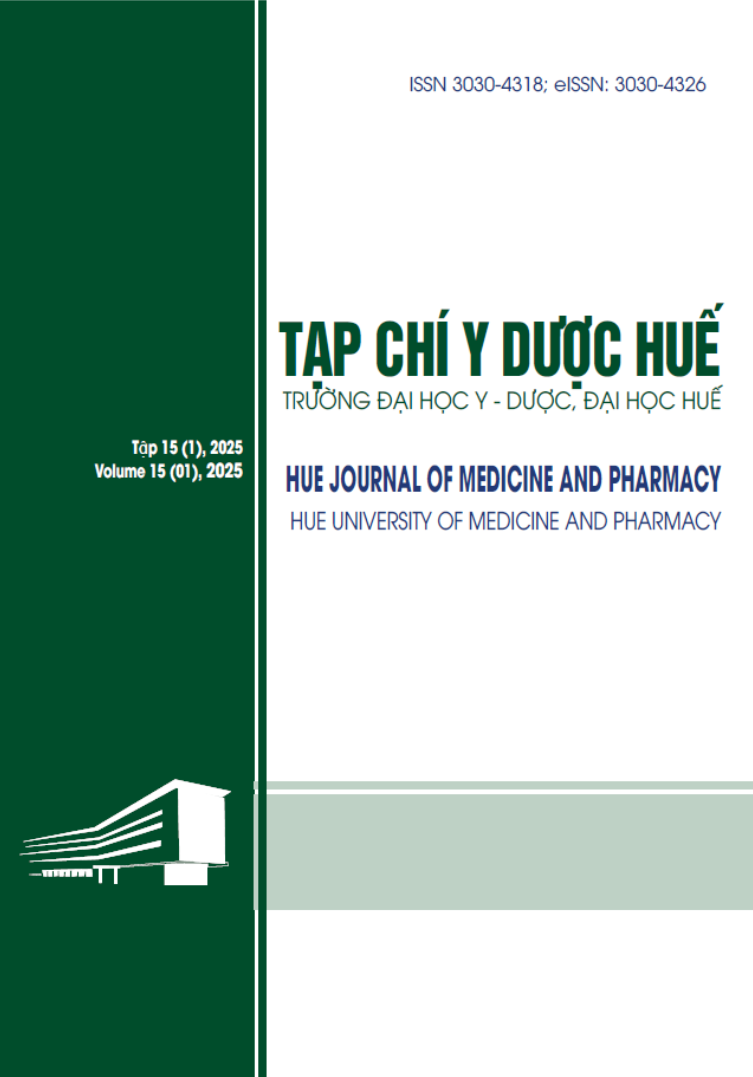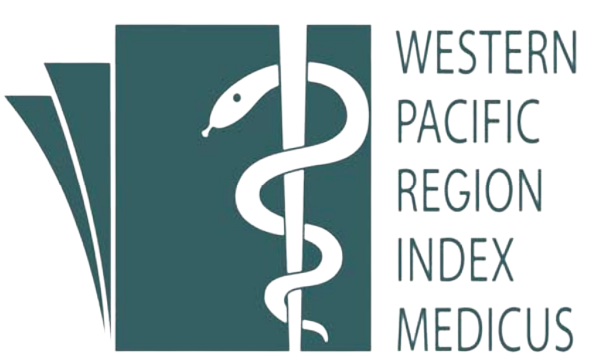Abstract
Background: Composite materials are widely used in aesthetic dental restorations due to their advantages, including minimal invasive preparation, high mechanical strength, adhesive durability, biocompatibility, time and cost-effectiveness. In composite layering techniques, material thickness significantly impacts the aesthetic outcome.
Objectives: This study investigates the effect of enamel-shade composite thickness on the final color values of restorations using a two-layer technique to replace enamel and dentine.
Materials and Method: Forty-five A2 enamel-shade composite discs were created from three composite groups: DenFil (Vericom Corp.), Harmonize (Kerr), and Beautifil II (Shofu Inc.) with five thicknesses: 0.3, 0.5, 1.0, 1.5, and 2.0 mm. Parameters measured included translucency, chroma, value, and color difference. Samples were photographed against black-white backgrounds and a 3.0 mm thick OA3 dentine-shade composite background. Color parameters (L, a, b) were collected using image analysis software to assess translucency, chroma, value, and color difference.
Results: Translucency and chroma were inversely proportional to thickness for the three composite groups. With value, in the DenFil group, increased thickness decreased value, while no statistically significant correlation was found in the other two groups. When comparing the restoration color with the same enamel-shade composite thickness, no significant differences were found between Harmonize and Beautifil II, but DenFil significantly differed.
Conclusion: In the two-layer technique for replacing enamel and dentine, enamel-shade composite thickness affects restoration color characteristics, varying among composite materials.
| Published | 2025-05-09 | |
| Fulltext |
|
|
| Language |
|
|
| Issue | Vol. 15 No. 2 (2025) | |
| Section | Original Articles | |
| DOI | 10.34071/jmp.2025.2.14 | |
| Keywords | Staphylococcus aureus, MRSA, MSSA, nuc, mecA, spa, pvl, tsst-1 |

This work is licensed under a Creative Commons Attribution-NonCommercial-NoDerivatives 4.0 International License.
Copyright (c) 2025 Hue Journal of Medicine and Pharmacy
Ma M, Tao L, Li X, Liang Y, Li J, Wang H, et al. Changes in molecular characteristics and antimicrobial resistance of invasive Staphylococcus aureus infection strains isolated from children in Kunming, China during the COVID-19 epidemic. Front Microbiol 2022;13:1–13. https://doi.org/10.3389/fmicb.2022.944078.
Zhu H, Luo H, Zhong Q, Cao X, Gu S, Peng S, et al. Comparison of Molecular Characteristics Between Methicillin-Resistant and-Susceptible Staphylococcus aureus Clinical Isolates by Whole-Genome Sequencing. Infect Drug Resist 2022;15:2949–58. https://doi.org/10.2147/IDR.S359654.
Imani Fooladi AA, Ashrafi E, Tazandareh SG, Koosha RZ, Rad HS, Amin M, et al. The distribution of pathogenic and toxigenic genes among MRSA and MSSA clinical isolates. Microb Pathog 2015;81:60–6. https://doi.org/10.1016/j.micpath.2015.03.013.
Sultan AM, Nabiel Y. Association of tsst-1 and pvl with mecA Genes among Clinical Staphylococcus aureus Isolates from a Tertiary Care hospital. J Pure Appl Microbiol 2019;13:855–64. https://doi.org/10.22207/JPAM.13.2.21.
Koosha RZ, Hosseini HM, Aghdam EM, Fooladi AAI, Tajandareh SG. Distribution of tsst-1 and mecA genes in Staphylococcus aureus isolated from clinical specimens. Jundishapur J Microbiol 2016;9:1–8. https://doi.org/10.5812/jjm.29057.
Saha B, Bal M. Emergence of Multi-Drug Resistant Clinical Strains of Staphylococcus aureus. International Journal of Natural Sciences 2016;3:1–6. https://doi.org/10.3329/ijns.v3i1.28579.
Ibrahim RA, Berhe N, Mekuria Z, Seyoum ET, Balada-Llasat JM, Abebe T, et al. Antimicrobial Resistance and Virulence Gene Profile of Clinical Staphylococcus aureus: A Multi-Center Study from Ethiopia. Infect Drug Resist 2023;16:4835–44. https://doi.org/10.2147/IDR.S419577.
Thompson T, Brown PD. Comparison of antibiotic resistance , virulence gene profiles , and pathogenicity of methicillin- resistant and methicillin-susceptible Staphylococcus aureus using a Caenorhabditis elegans infection model 2014:283–91. https://doi.org/10.1179/2047773214Y.0000000155.
Sinh VI, Sàng LÂM. Hướng dẫn thực hành kỹ thuật xét nghiệm vi sinh lâm sàng Bộ Y Tế 2017 2017.
Standards P, Testing AS. M100 Performance Standards for Antimicrobial. vol. 40. 2020.
Ribeiro JC, Tamanini R, Soares BF, De Oliveira AM, De Godoi Silva F, Da Silva FF, et al. Efficiency of boiling and four other methods for genomic DNA extraction of deteriorating spore-forming bacteria from milk. Semina:Ciencias Agrarias 2016;37:3069–78. https://doi.org/10.5433/1679-0359.2016v37n5p3069.
Chen C, Zhao Q, Guo J, Li Y, Chen Q. Identification of Methicillin-Resistant Staphylococcus aureus (MRSA) Using Simultaneous Detection of mecA, nuc, and femB by Loop-Mediated Isothermal Amplification (LAMP). Curr Microbiol 2017;74:965–71. https: //doi.org/10.1007/s00284-017-1274-2.
Gittens-St Hilaire M V., Chase E, Alleyne D. Prevalence, molecular characteristics and antimicrobial susceptibility patterns of MRSA in hospitalized and nonhospitalized patients in Barbados. New Microbes New Infect 2020;35:100659. https://doi.org/10.1016/j.nmni.2020.100659.
Jurado A, Fernández L, Rodríguez A, García P. Prevalence of virulence - and antibiotic resistance-associated genotypes and phenotypes in Staphylococcus aureus strains from the food sector compared to clinical and cow mastitis isolates. Front Cell Infect Microbiol 2024;14. https://doi.org/10.3389/fcimb.2024.1327131.
Van An N, Hoang LH, Le HHL, Son NT, Hong LT, Viet TT, et al. Distribution and Antibiotic Resistance Characteristics of Bacteria Isolated from Blood Culture in a Teaching Hospital in Vietnam During 2014–2021. Infect Drug Resist 2023;16:1677–92. https://doi.org/10.2147/IDR.S402278.
Nam L Van, Quyet D, Hung PN, Tien TV, Thanh KC, Dung QA, et al. Antibiotic resistance profile and methicillin-resistant encoding genes of staphylococcus aureus strains isolated from bloodstream infection patients in northern vietnam. Open Access Maced J Med Sci 2019;7:4406–10. https://doi.org/10.3889/oamjms.2019.871.
Elhassan MM, Ozbak HA, Hemeg HA, Elmekki MA, Ahmed LM. Absence of the mec A Gene in Methicillin Resistant Staphylococcus aureus Isolated from Different Clinical Specimens in Shendi City, Sudan. Biomedical Research International 2015; 2015:1–5. https://doi.org/10.1155/2015/895860.
Oliveira DC, de Lencastre H. Methicillin-resistance in Staphylococcus aureus is not affected by the overexpression in trans of the mecA gene repressor: A surprising observation. PLoS One 2011;6. https://doi.org/10.1371/journal.pone.0023287.
Sabat AJ, Pournaras S, Akkerboom V, Tsakris A, Grundmann H, Friedrich AW. Whole-genome analysis of an oxacillin-susceptible CC80 mecA -positive Staphylococcus aureus clinical isolate : insights into the mechanisms of cryptic methicillin resistance 2015:1–9. https://doi.org/10.1093/jac/dkv210.
Votintseva AA, Fung R, Miller RR, Knox K, Godwin H, Wyllie DH, et al. Prevalence of Staphylococcus aureus protein A (spa) mutants in the community and hospitals in Oxfordshire. BMC Microbiol 2014; 14:1–11. https://doi.org/10.1186/1471-2180-14-63.
Motamedifar M, Ebrahim H, Alfatemi S, Zalipour M, Kaveh M, Khoshkharam H. Frequency of the toxic shock syndrome toxin-1 gene in methicillin-susceptible and resistant Staphylococcus aureus isolates from teaching hospitals in Shia, Iran. Rev Soc Bras Med Trop 2015; 48:90–3.
Hodille E, Badiou C, Bouveyron C, Bes M, Tristan A, Vandenesch F, et al. Clindamycin suppresses virulence expression in inducible clindamycin-resistant Staphylococcus aureus strains. Ann Clin Microbiol Antimicrob 2018;17. https://doi.org/10.1186/s12941-018-0291-8.






